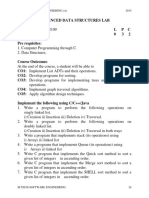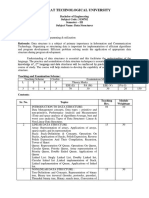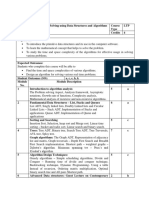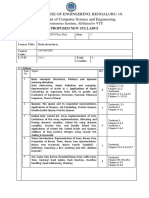0% found this document useful (0 votes)
4 views2 pagesDSA Questions
The document outlines a series of programming questions focused on data structures, including arrays, linked lists, stacks, queues, and trees. Each section contains specific tasks such as finding maximum and minimum values, reversing data structures, detecting cycles, and performing various traversals. The questions are designed to test and enhance understanding of fundamental data structure operations and algorithms.
Uploaded by
alt.g9-1y8rgg9Copyright
© © All Rights Reserved
We take content rights seriously. If you suspect this is your content, claim it here.
Available Formats
Download as RTF, PDF, TXT or read online on Scribd
0% found this document useful (0 votes)
4 views2 pagesDSA Questions
The document outlines a series of programming questions focused on data structures, including arrays, linked lists, stacks, queues, and trees. Each section contains specific tasks such as finding maximum and minimum values, reversing data structures, detecting cycles, and performing various traversals. The questions are designed to test and enhance understanding of fundamental data structure operations and algorithms.
Uploaded by
alt.g9-1y8rgg9Copyright
© © All Rights Reserved
We take content rights seriously. If you suspect this is your content, claim it here.
Available Formats
Download as RTF, PDF, TXT or read online on Scribd
/ 2



























































